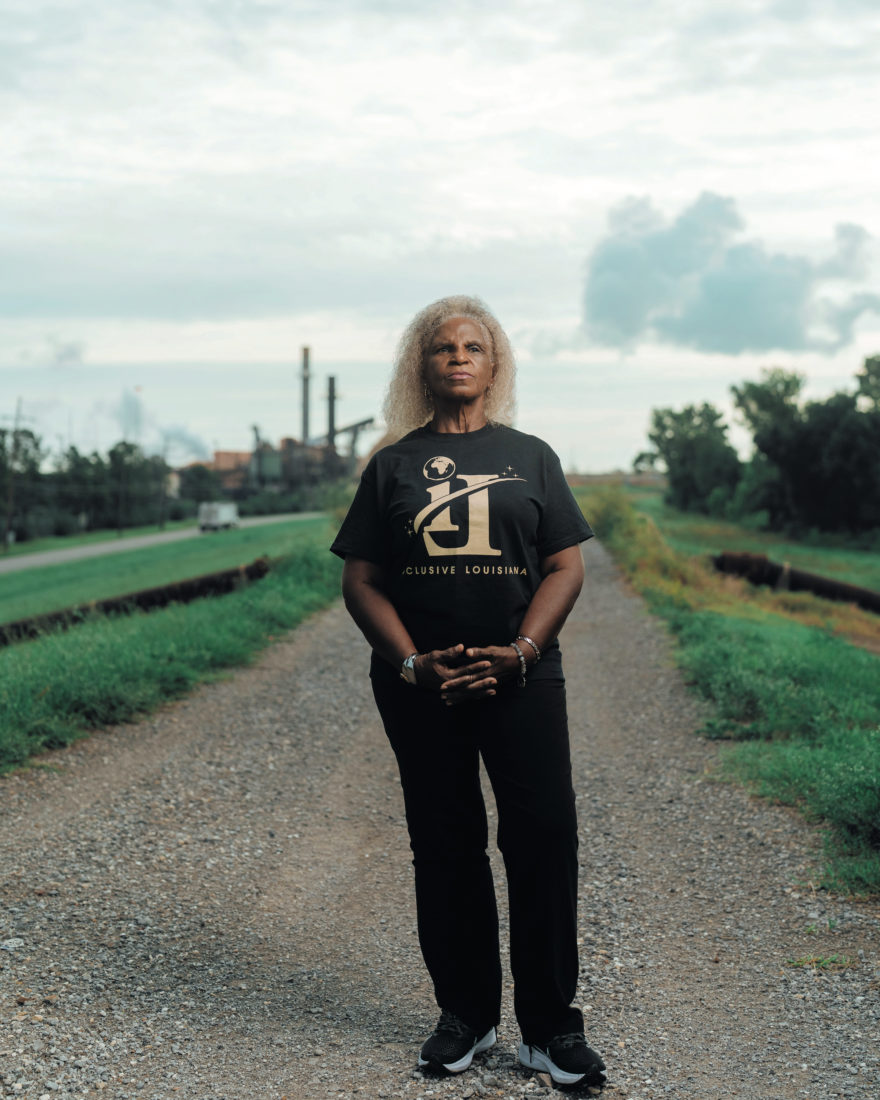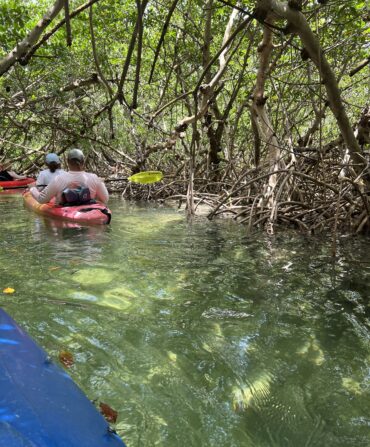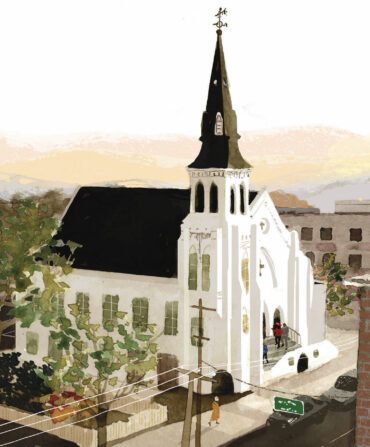Gail LeBoeuf comes “straight outta Convent,” she says with a laugh, a town at roughly the midpoint of “Cancer Alley,” a stretch along the Mississippi River between Baton Rouge and New Orleans dotted with more than 150 refineries and plants, many related to the petrochemical industry. There, in St. James Parish, LeBoeuf cofounded the grassroots nonprofit Inclusive Louisiana to advocate for the area, historically plagued by pollution, and its working-class citizens—whether that be to a parish council, the state legislature, or the Environmental Protection Agency.
In high school, a civics teacher encouraged LeBoeuf’s interest in history and the law and required her to attend a council meeting. She kept at it, staying involved in community goings-on even as she toiled thirty-plus years at two area plants. Learning about and working with other residents in 2017 to fight the Bayou Bridge Pipeline, which now runs through predominantly Black neighborhoods, she says, served as a “wake-up call.” She then joined the organization Rise St. James, led by environmental activist Sharon Lavigne, which, along with other local groups, successfully persuaded the U.S. Army Corps of Engineers to halt a plastics plant estimated to become one of the world’s largest such pollution-causing facilities.
In 2021, she and her friends Barbara Washington and Myrtle Felton started Inclusive Louisiana not only to continue to oppose other incoming plants but also to address “everyday injustices,” she says, such as a tall grass and blighted houses ordinance that unduly affects Black ownership. “If people lose their homes in Convent, that’s a win-win” for hopeful plant operators seeking land.
On a recent Wednesday, LeBoeuf, who is now seventy, helped organize an event at a local park to measure pollution levels—an action, she says, the community wouldn’t need if nearby plants had been required to have buffer zones around schools, parks, churches, and homes, or if the bill they advocated for this past legislative session requiring continuous air-quality monitoring had passed: “We’re not going to let that go.”
Next, she was headed to Geneva, Switzerland, for a human rights conference. “You have to tell your story about where you live, where you come from,” she says, to make change. That includes stories told through art, like the pieces Hannah Chalew creates using contaminated soil LeBoeuf helped her find. When she first saw Chalew’s pieces at an exhibition, “I fell in love with them,” she says. “Art can help you deal with life.”








